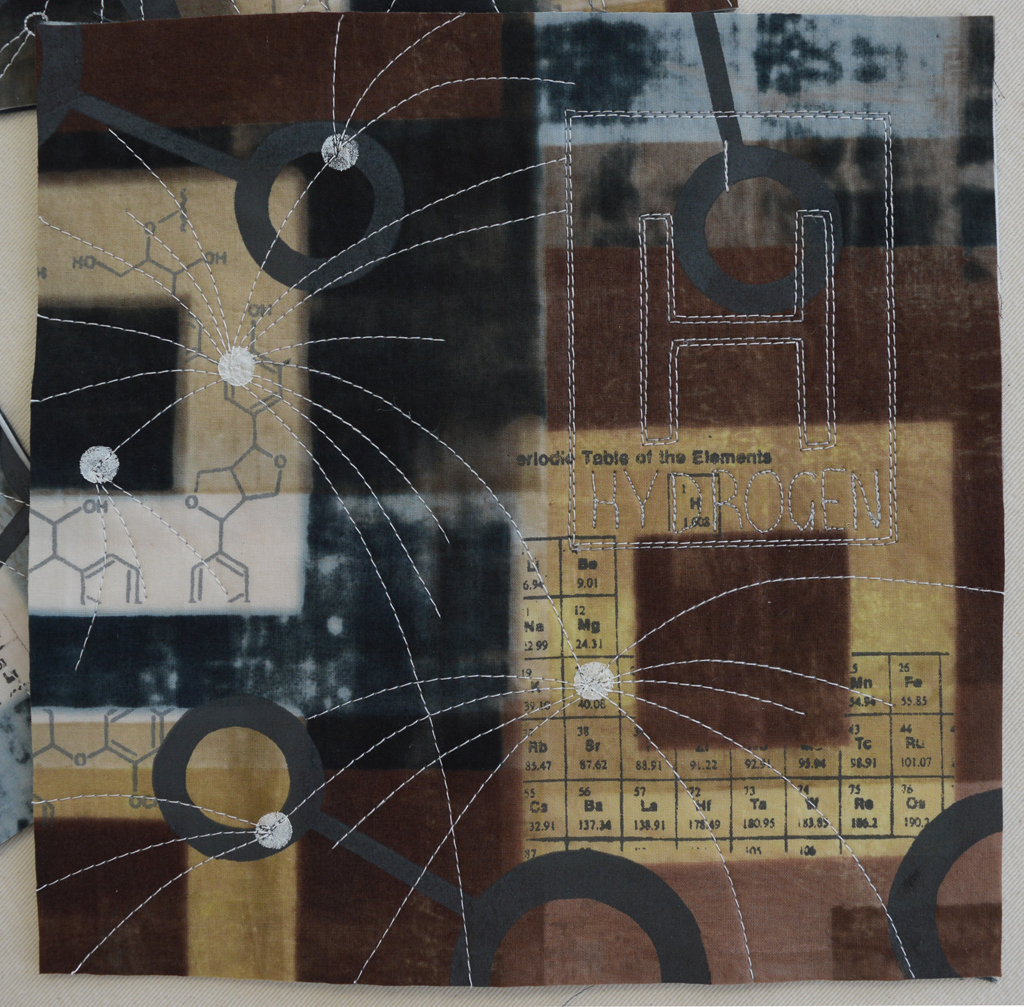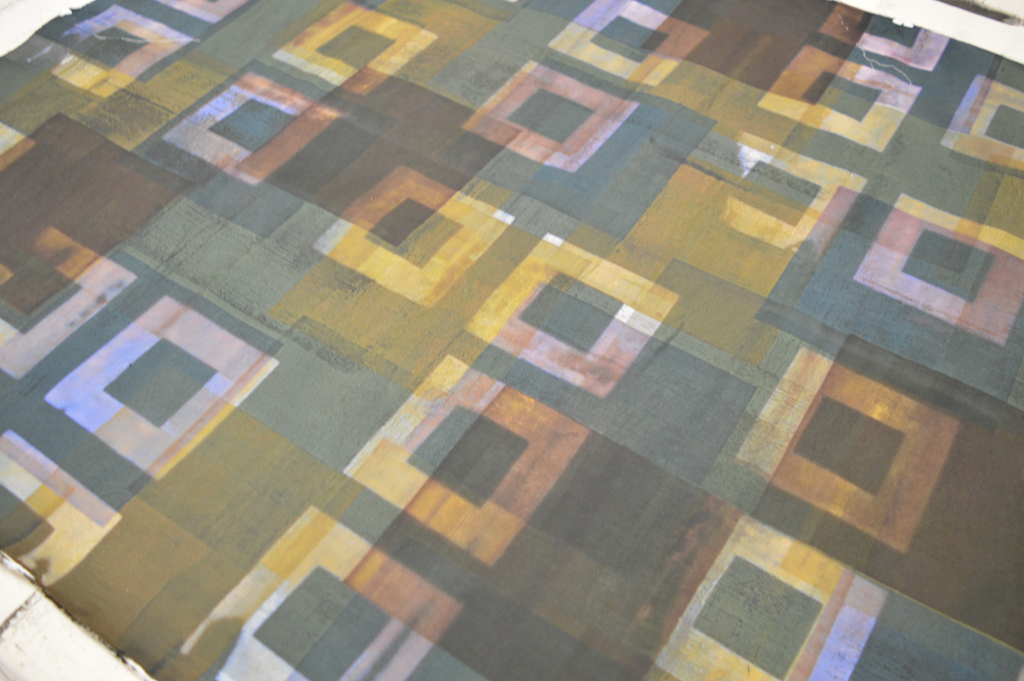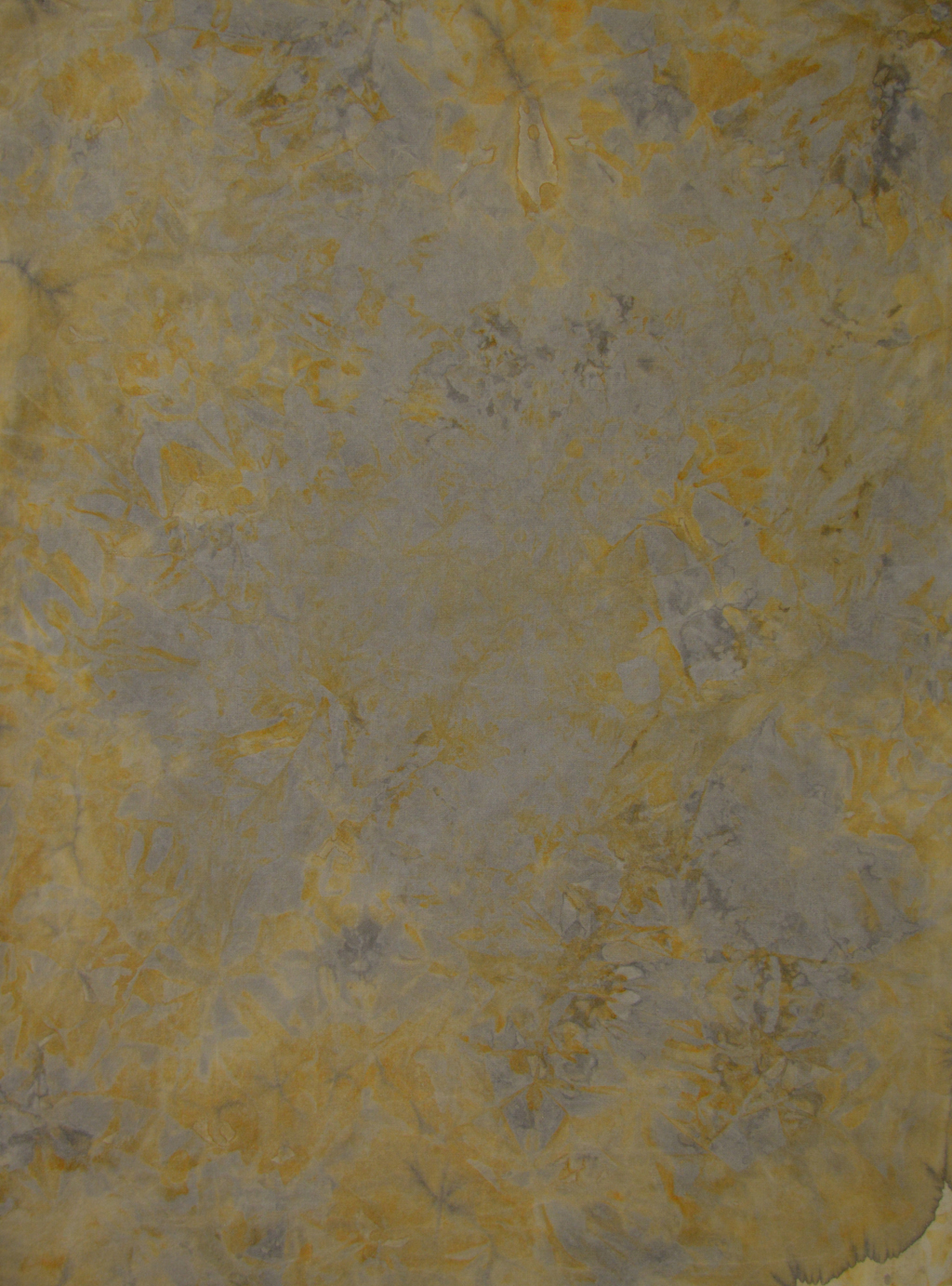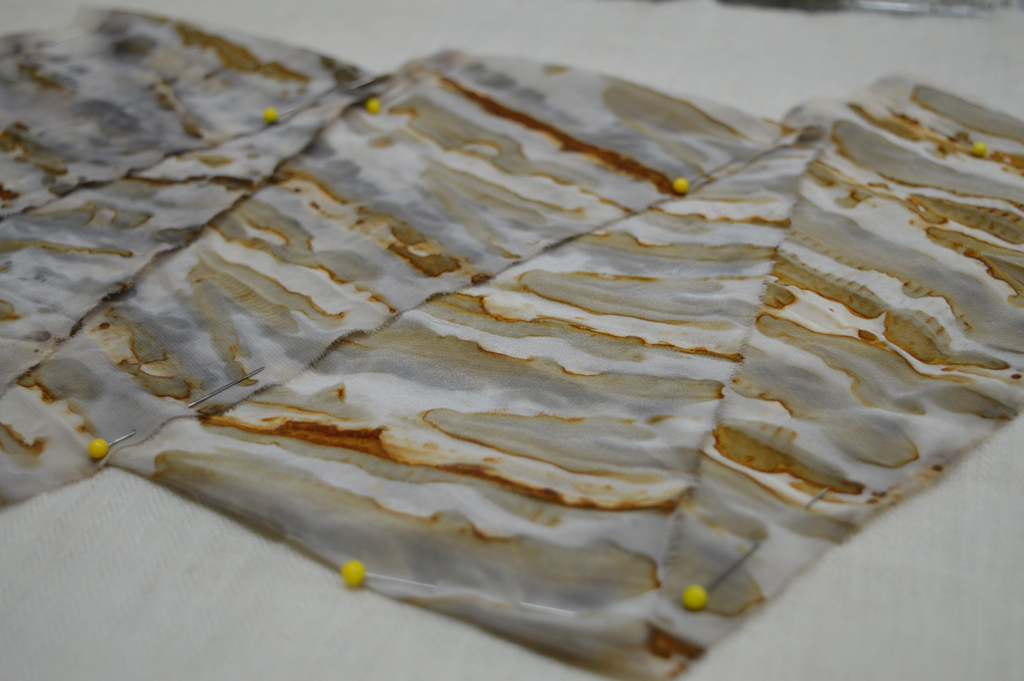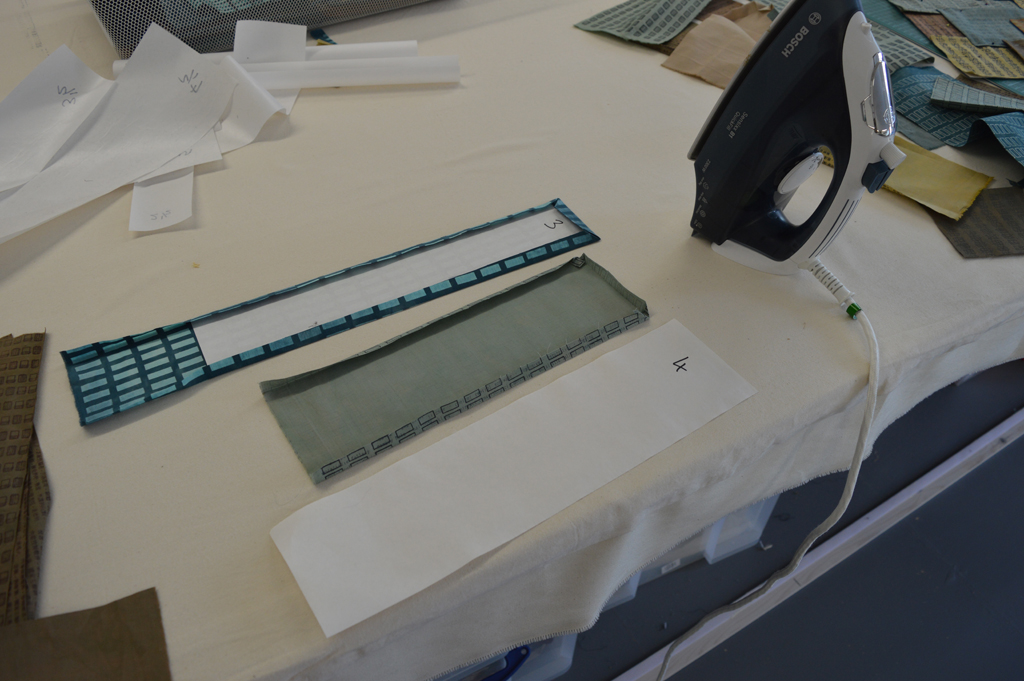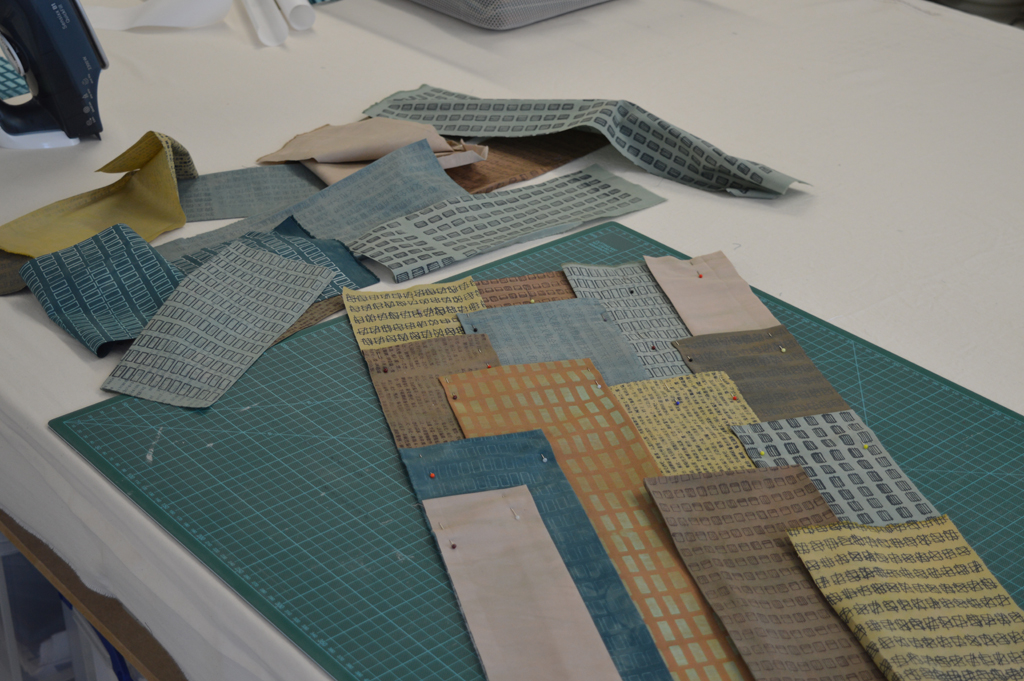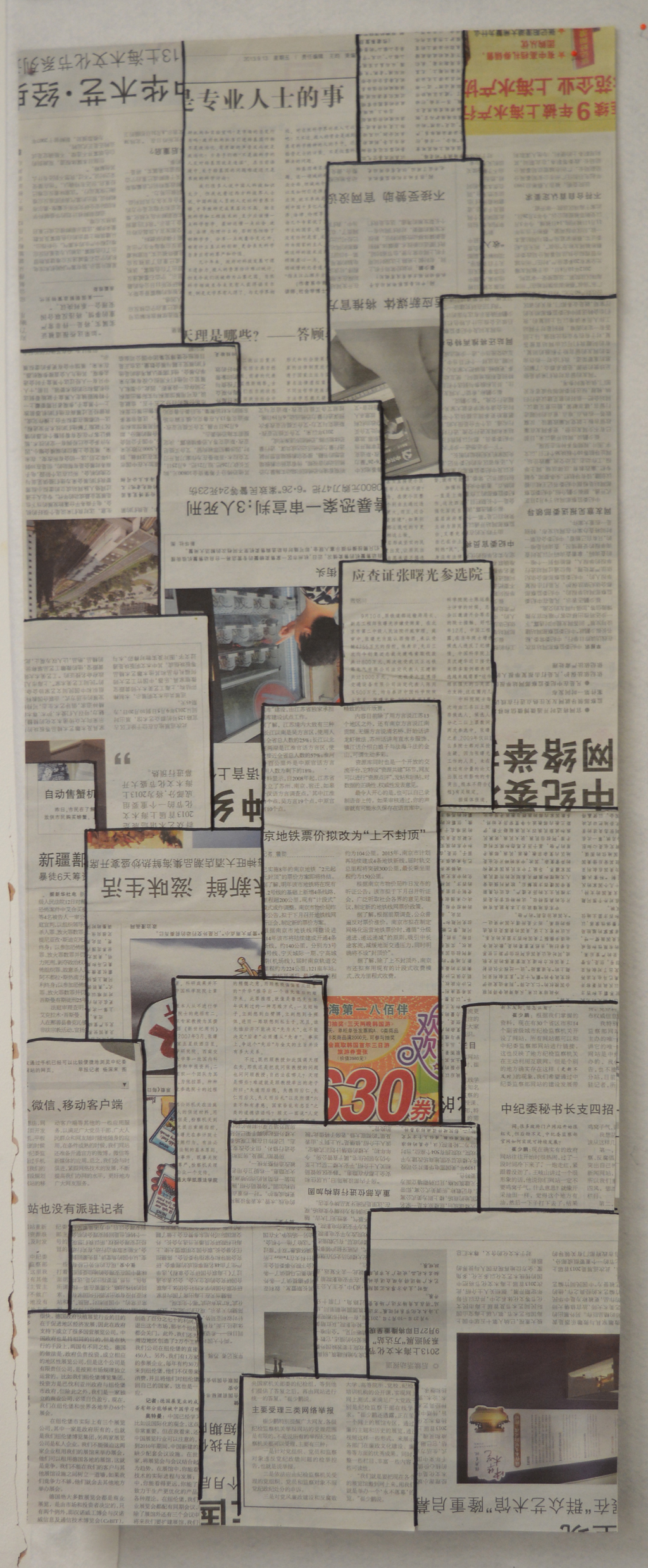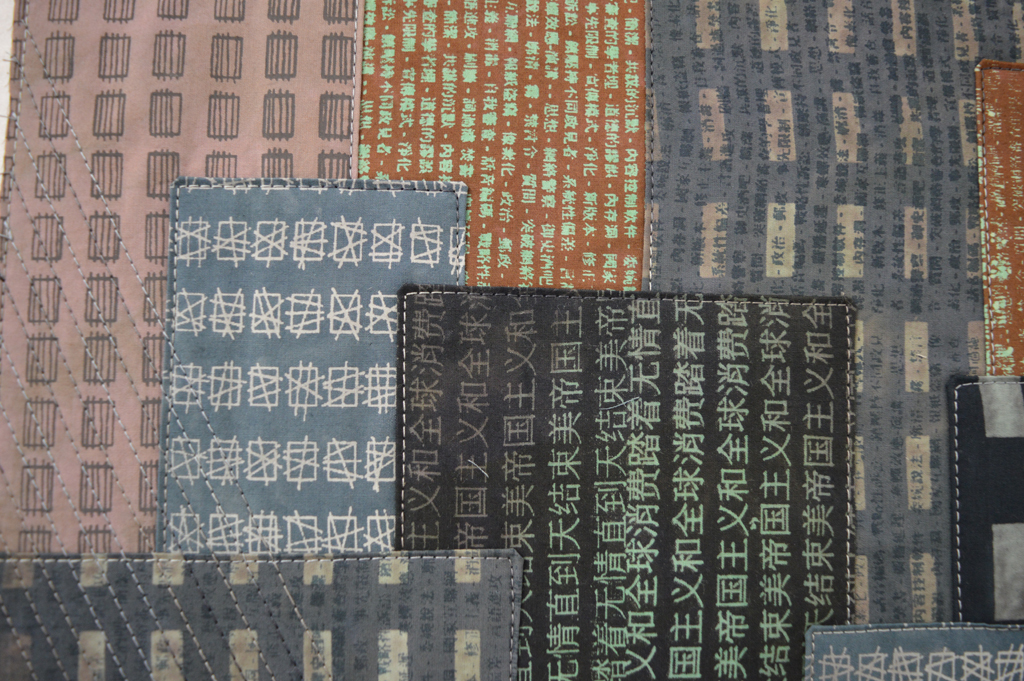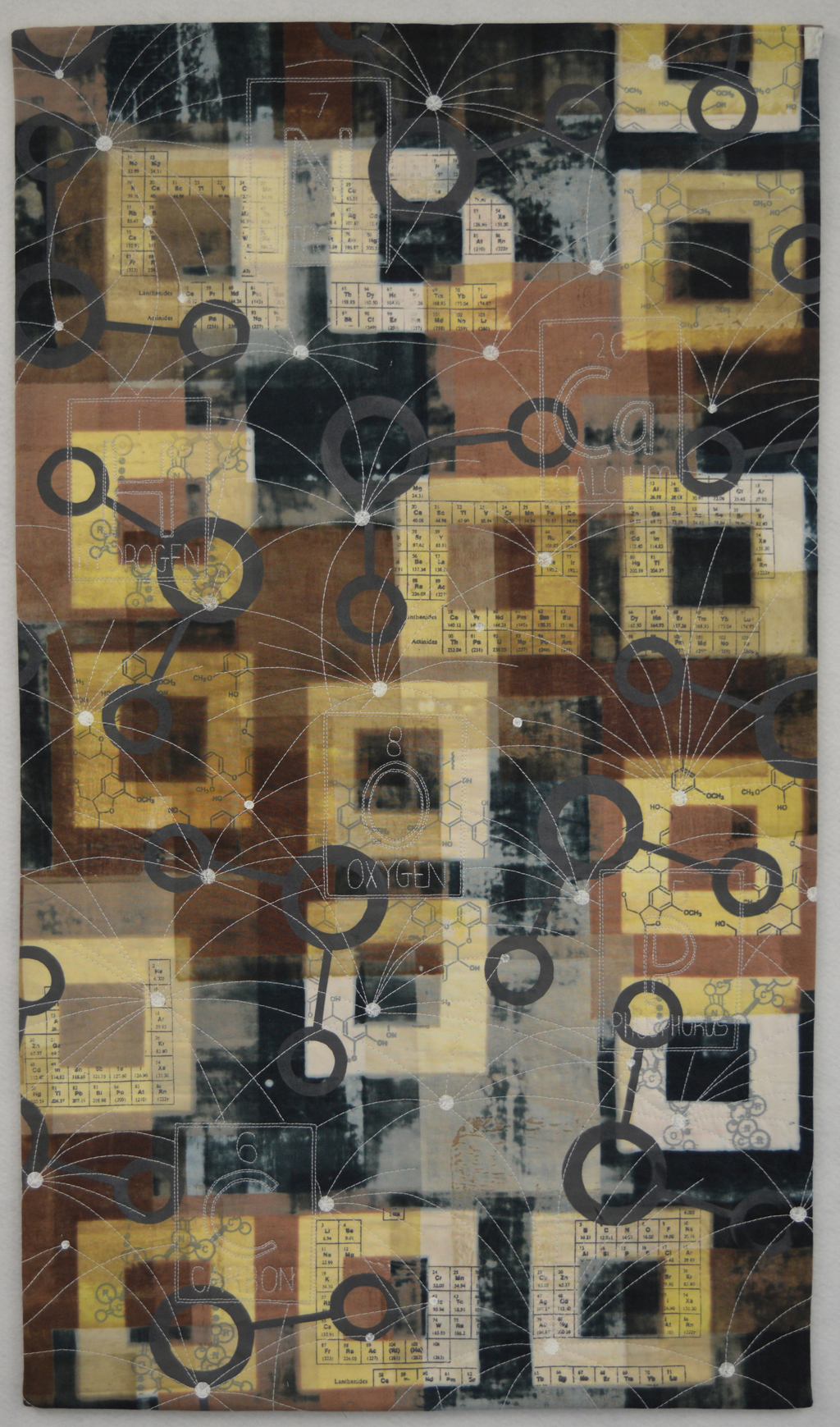 This weekend I finished After Images. I have entered it into the Contemporary Quilt Group Challenge called Elements. If successful it will be shown at Festival of Quilts in August.
This weekend I finished After Images. I have entered it into the Contemporary Quilt Group Challenge called Elements. If successful it will be shown at Festival of Quilts in August.
It is years and years since I have made a piece specifically for a themed challenge. Back when I used to describe myself as a 'just' a quilter and was a member of a couple of traditional patchwork and quilting groups I almost felt a sense of obligation to enter various themed competitions. I often read or heard that it was a way to show support for groups such as the Quilters Guild or to show support for quilt shows such as Malvern. And it probably is. And certainly many people love entering challenges. But, for me, 'forcing' myself to create something was usually a negative experience. Over the years I made some truly horrible pieces as I tried to respond to a theme that did not inspire me. Eventually I said 'never again' and vowed to only work on pieces that come from me. From ideas that I want to spend time exploring. Using materials and techniques that evolve through experimentation and play.
So I was rather surprised when I read the title of the CQ Challenge and realized that it would fit very nicely with ideas that I have worked on over the last couple of years around 'chemistry'. And the relatively small format has allowed me to fit this piece around the two series that I currently have running: Hidden Messages and Ruins. Serendipity! And maybe the beginning of another series??
I'm also really pleased that it is a CQ challenge as the quality of work submitted to previous challenges has been excellent. And the pieces are shown in a gallery setting which is a better fit for me. For those that don't know it the Contemporary Quilt Group is a specialist group within the British Quilters Guild and its' members include many wonderful artists (and friends!). So I know that I will be in very good company whether I am accepted or rejected.


